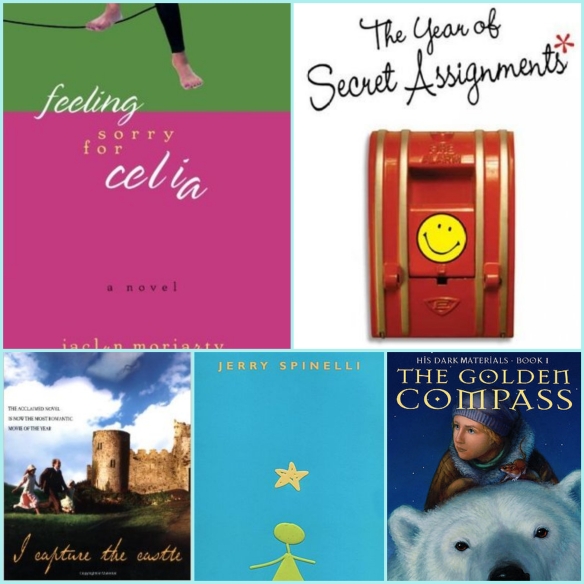
You know you’ve reached the epitome of nerdom when you’re at a party and someone asks you about your favourite non-fiction books and you start babbling about the fascinating world of neuroscience. (Just for the record this did not happen to me; it happened to a friend of mine. Cough cough.) It’s essentially the last frontier of the human body: we know less about our brains than any other body part. (Except for maybe the appendix. Has anyone figured that one out yet?)
Don’t take my word for it though- take Michio Kaku’s. His popular neuroscience books take complex scientific concepts and frames them in a way that the rest of us mortals can understand. My favourite, The Future of the Mind: The Scientific Quest to Understand, Enhance and Empower the Mind answers the more fun questions of the field; for example, do humans really have the capacity to move things with their mind? (You’ll have to read his books for yourself to find the answer.)
For the more ambitious reader, Reading in the Brain: The New Science of How We Read by Stanislas Dahaene chronicles every little nanosecond the brain takes to process the written word. After you read about the effort that it takes for your brain to recognize, understand and memorize letters, you’ll never look at reading the same way again. (Read slowly; this one left me a little cross-eyed.)
After learning about the memory championships (yes, there is such a thing), journalist Joshua Foer dug deeper into the why and how of what we remember and how we can better train our memories using long-forgotten techniques once used to learn entire religious manuscripts. The resulting book is called Moonwalking with Einstein: The Art and Science of Remembering Everything– part memoir, part history lesson, part how-to book. Even if you’re not a neuroscience nerd like me, you’ll appreciate this one. Some of the techniques from the book that I’ve tried have actually worked really well!
While I certainly haven’t learned how to move things with my mind, master speed reading, or memorize the order of an entire deck of 52 cards, reading these books still gave me a better understanding and a new appreciation of how our efficiently and intricately brains work. But like I said, don’t just take this nerd’s word for it.


















